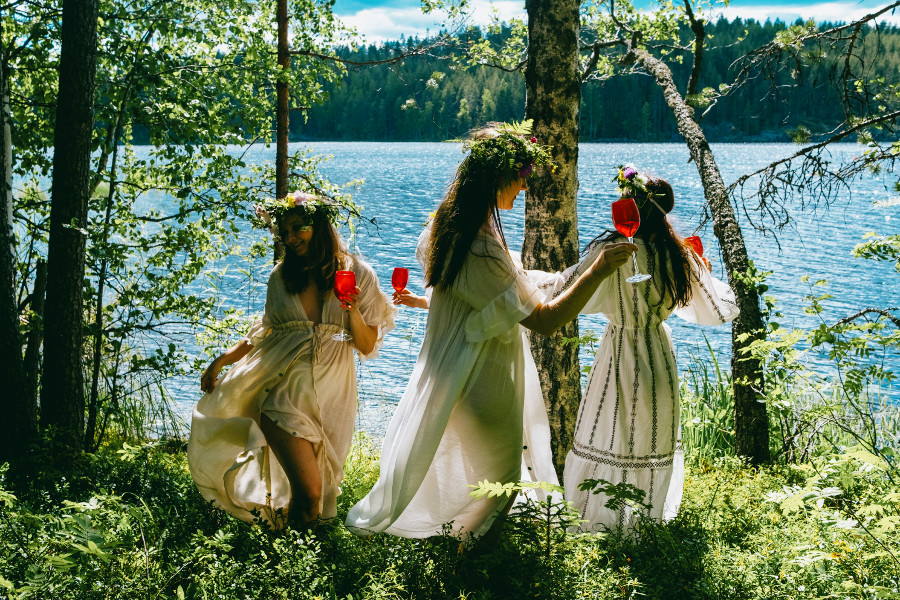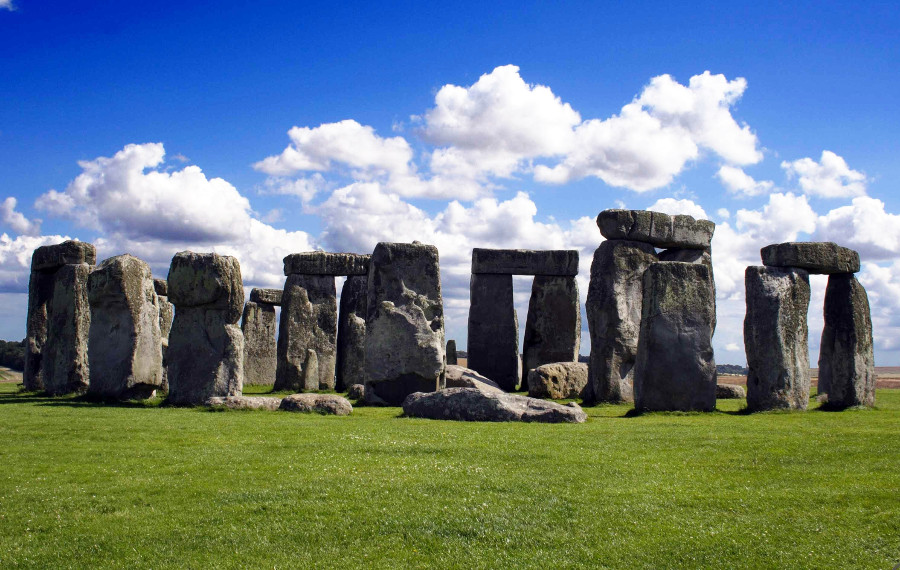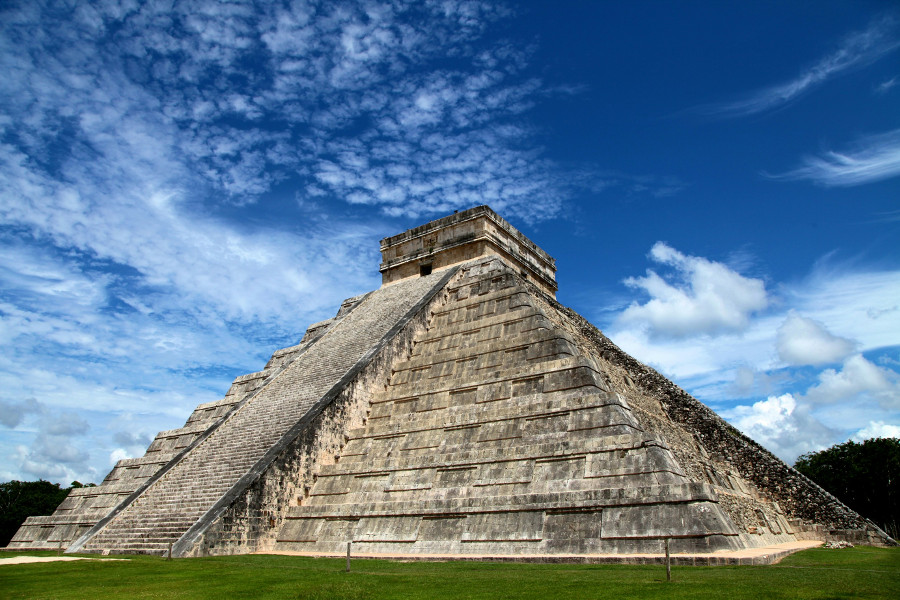How to Celebrate Summer Solstice? - History, Activities and Traditions Around the World
The summer solstice marks a cosmic moment when the Earth’s tilt brings the longest day of the year. Occurring around June 21st in the Northern Hemisphere, it signifies the official start of summer. For many cultures, the solstice is a time to celebrate the sun's power, with traditions that range from ancient rituals to modern festivals. Whether it's through food, dance, or festivals, people worldwide embrace this unique celestial event with joy and reverence.

What is the summer solstice?
The summer solstice is that special moment when the Earth’s tilt toward the sun brings the longest day of the year in the Northern Hemisphere. It’s a point in time when the sun feels like it’s at its highest in the s ky, shining bright and strong. It’s a moment when we feel the power of the sun more than ever before, embracing the warmth and light.
When does the summer solstice occur?
The summer solstice typically falls on June 21st in the Northern Hemisphere, but the exact date can vary by a day or so each year. This slight shift happens because of the way our calendar aligns with the Earth’s orbit. It’s the day when the sun shines the longest, bringing the most daylight. For our friends down in the Southern Hemisphere, the solstice occurs around December 21st. This is when they experience their longest day, marking the arrival of their summer season. It's a cosmic event that changes a little every year, but it always feels like summer when it arrives.
Why does the date of the summer solstice vary each year?
The date of the summer solstice varies because our calendar doesn’t perfectly match the Earth’s orbit around the sun. A full orbit takes about 365.25 days, so every four years, we add an extra day (leap year) to keep things on track. This causes the solstice to drift by around 6 hours each year. Over time, that 6-hour shift adds up, and the solstice can fall on different dates, generally between June 20th and 21st. It's like the universe's way of reminding us that time isn't always perfectly predictable, even though we try to control it.
How do different cultures celebrate the summer solstice?
The summer solstice is a time of celebration in many cultures, each with their own unique traditions. In Sweden, Midsummer is a big deal, with people dancing around maypoles, enjoying pickled herring, and feasting on fresh summer food. The ancient Greeks honored the solstice with festivals dedicated to the sun god Apollo. In North America, Native American cultures celebrate the solstice through dances, ceremonies, and feasts that honor the sun's power. Whether it's in the form of songs, rituals, or gatherings, people everywhere find ways to connect with the energy of the sun and the natural world.
What are some traditional foods associated with summer solstice celebrations?
When it comes to the summer solstice, food is an essential part of the celebration. In Sweden, pickled herring, new potatoes, and fresh strawberries are classic Midsummer dishes, symbolizing the season’s harvest. In other cultures, you’ll find fresh fruits like berries, cherries, and watermelon on the table, celebrating the abundance of summer. Grilled meats and salads made from fresh vegetables are also a hit, reflecting the bountiful harvest. Many cultures also prepare special cakes or desserts made with in-season fruit, allowing everyone to indulge in the sweetness of the season.
Why do some places experience continuous daylight during the summer solstice?
In places located within the Arctic Circle, like parts of Alaska or Scandinavia, the summer solstice brings an amazing phenomenon known as the "midnight sun." Because of the tilt of the Earth, these regions don’t experience a true night during the summer solstice. Instead, the sun stays above the horizon, never fully setting, even in the middle of the night. For several weeks, these places get to experience 24 hours of daylight, creating an otherworldly atmosphere where the sun never truly disappears and the world is bathed in endless sunlight.
How do the summer solstice and equinox differ?
The summer solstice and the equinox are both important moments in Earth's journey around the sun, but they are very different. The solstice, occurring around June 21st in the Northern Hemisphere, is the longest day of the year, with the sun at its highest point. It marks the official start of summer. The equinox, which happens twice a year (in March and September), is when day and night are equal in length. During the equinox, the Earth’s axis isn’t tilted toward or away from the sun, so we experience balanced hours of daylight and darkness.
What are some famous landmarks aligned with the summer solstice sunrise or sunset?
Some ancient landmarks are perfectly aligned with the sun during the summer solstice, showcasing the deep connection humans have with the sky. At Stonehenge, people gather to witness the sunrise, where the stones frame the sun perfectly. In Mexico, the Pyramid of Kukulcán at Chichen Itza casts a stunning shadow on the steps as the sun sets. In Ireland, Newgrange is aligned to catch the first rays of the solstice sun. These places highlight the advanced understanding ancient civilizations had of the sun’s movement and their belief in its power.


What are some modern events or festivals held to celebrate the summer solstice?
Today, the summer solstice continues to inspire modern celebrations that blend tradition and creativity. In cities across the U.S., solstice festivals include everything from sunset parties to yoga gatherings, where people embrace the longest day of the year. In Sweden, the Midsummer Festival still thrives, with music, dancing, and lots of food. Other events like the “Sonic Bloom Festival” in Colorado mix the solstice with modern music, attracting those looking to dance under the sun. It’s a time for both quiet reflection and energetic celebrations, bringing people together to honor the power of the sun.
What are some traditional songs or dances associated with summer solstice celebrations?
The summer solstice is rich with music and dance, often celebrating nature’s rhythms. In Sweden, the “Midsommarvisa” (Midsummer song) is sung during festivities, and people dance around the maypole in a joyful display of community. In Latvia, solstice songs called “dainas” are sung to honor the sun and nature. Native American cultures have their own dances and songs that connect with the solstice’s spiritual significance. These traditional performances capture the energy of the sun and the season, bringing communities together to celebrate the cycle of life and the power of light.



